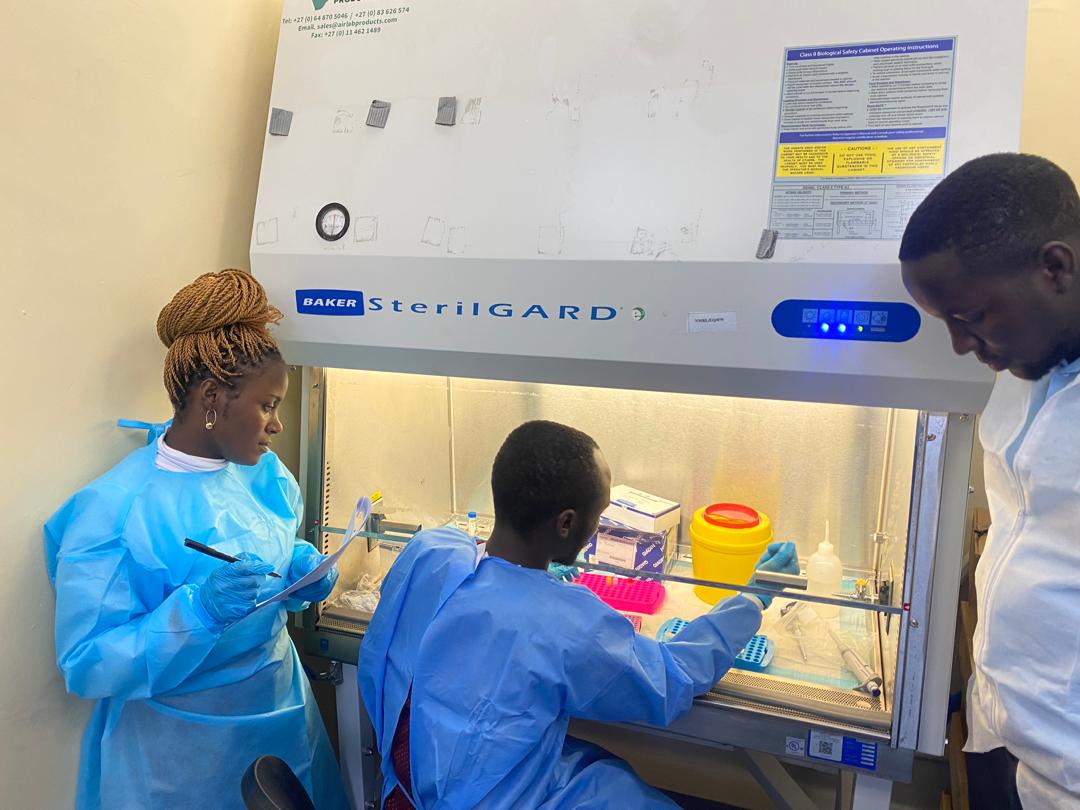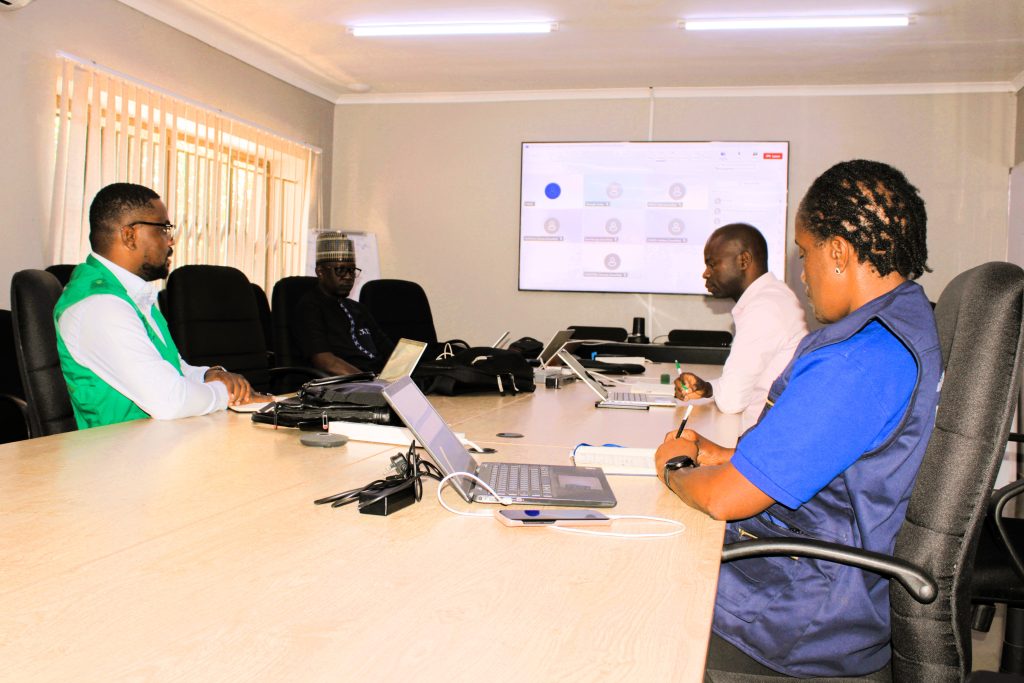
MPOX SITUATION.
by
Moses Nyambalo Phiri in collaboration with Grace Funsani, Chriswell Nkoloma and Settie Kanyanda.
Malawi has recorded two new laboratory-confirmed Mpox cases as of October 6, 2025, bringing the total number of cases in the country to 128 since the first case was recorded on April 17, 2025. These cases exclude two cross-border cases. The update comes from the Public Health Institute of Malawi (PHIM) in its Mpox Spot Report, Issue 62, published on October 6, 2025.
Both new cases are young female children who reported to health facilities on September 30, 2025.
An 11-year-old female child from Area 25, who reported at the Area 25 Health Facility and a 9-year-old female child from Chilinde 1, who reported at the Chilinde Health Facility.
The patients presented with common symptoms, including fever, cough, and a skin rash, and reportedly had no underlying health conditions. Lesion swab samples were collected and sent to the laboratory on the same day they visited the facilities, and Mpox infection was confirmed through testing on September 30, 2025. Neither of the confirmed cases has a history of travel outside of Malawi.
Malawi’s Coordinated Public Health Response
The Public Health Institute of Malawi has implemented a multi-faceted strategy using a One-Health approach to contain the outbreak, protect public health, and provide care.
🚨
Activation
Incident Management System (IMS) Activated
🤝
Collaboration
Multi-sectoral One-Health Surveillance
🏃
Action
Rapid Response Teams Deployed
📚
Engagement
Risk Communication & Community Engagement
“The first case was recorded in Lilongwe district on April 16, 2025. Later additional cases were registered. All the cases are males within the age range of 2 to 38 years: a 30-year-old from Phwetekere- Area 36, a 33-year-old from Kawale 2, 38 year-old from Chilinde, a 35 year-old from Area 36, Kandikole, an 18 year-old from Area 36, Tumbwe, Traditional Authority (TA) Tsabango, Lilongwe district, and a two year-old child from Michesi 1 village, TA Mponda, Mangochi district.Three cases from Lilongwe have recovered and have been discharged from clinical care, while the other three are still under clinical care . No death has been reported.”
Grace Fusani – Mpox Incident Manager, PHIM.
Total Confirmed Cases
141
(138 Domestic, 3 Cross-Border)Total Deaths
1
(CFR ~0.7%)Contacts Traced
1,412
(1,383 Discharged, 29 Follow-up)Active Cases
0
(Zero (0) Domestic Cases Active)Live Mpox Situation Dashboard
View the real-time epidemiological and response data directly from the national surveillance system in this interactive dashboard. (Scroll horizontally if necessary.)
Temporal Trend: Outbreak Progression (Interactive)
This chart shows the epidemic curve of confirmed cases over time. Monitoring this trend helps determine the effectiveness of containment strategies and predict future resource needs. (Scroll horizontally if necessary.)
Demographic Profile (Interactive)
This chart provides a breakdown of the case demographics. Current data shows that females account for 46% of cases and children represent a significant portion of the total case load, emphasizing the widespread transmission and the need for specialized pediatric and community-wide public health messaging. (Scroll horizontally if necessary.)
Geographical Distribution: Outbreak Epicenter & Spread (Interactive)
The outbreak has affected 12 districts, but Lilongwe remains the clear epicenter, accounting for over 80% of all confirmed domestic cases. This concentration guides the targeted public health and vaccination response. This map/chart provides a detailed view of the spread across the country. (Scroll horizontally if necessary.)
Age Distribution (Static)
Children represent a significant portion of cases, accounting for 25% of all infections. This necessitates specialized pediatric care and targeted IPC measures in schools.
Clinical Insights: High-Risk Links & Features
A preliminary audit of 34 inpatients from KCH and Lilongwe DHO provided critical insights. The findings revealed a high prevalence of severe disease and a significant correlation with HIV status, informing high-risk prioritization.
Clinical Manifestations Audit (Interactive)
This chart details the specific clinical features observed in the audited patient cohort. It highlights the frequency of severe symptoms like genital ulcers and bacterial superinfection, which informs case management protocols. (Scroll horizontally if necessary.)
The Critical HIV Correlation
HIV-positive patients were significantly more likely to develop severe complications. 10 of 12 (83%) HIV-positive patients had severe features, compared to only 5 of 12 (42%) HIV-negative patients.
Malawi’s Multi-Pillar National Response
Surveillance
Rigorous case finding and contact tracing protocols. District Rapid Response Teams (DRRTs) are trained and deployed to interrupt transmission chains.
- → 1,412 contacts traced to date
- → Active case search ongoing
Case Management
Development and dissemination of protocols for Home-Based Care (HBC) for mild cases, reserving ETUs for severe cases.
- → Zero (0) active domestic cases
- → 132 cases discharged from care
IPC & WASH
Focused on minimizing transmission in homes, communities, and health facilities. Preparing for safe school environments.
- → Home-based IPC package developed
- → IPC/WASH assessment ongoing
Vaccination
PMRA has approved the MVA-BN vaccine. Strategic allocation to high-risk groups has achieved significant coverage.
- → 80% of Target Population Vaccinated
- → Targeted vaccination for high-risk groups
Ongoing Challenges & Commitment
Non-Disclosure of Contacts
Non-disclosure of contacts by some clients remains a barrier to rapid containment, complicating tracing and follow-up efforts.
Incomplete Data Capturing
Incomplete data in registers and forms hinders retrospective analysis and makes tracing of potentially missed cases identified through active search challenging.
Movement of Suspected Cases
The movement of suspected cases before the release of laboratory results poses a risk and complicates isolation and immediate case management.
What response activities have so far been undertaken ?
PHIM has activated its Incident Management System (IMS) for Mpox and is working with various sectors, including animal health, civic education, and disaster management, using One Health Approach

1. Surveillance.
Rapid Response Teams (RRTs) have been deployed to conduct contact tracing and investigate cases. Surveillance systems have been enhanced at the community level, health facilities, and points of entry (PoEs).
The district team are being trained on Mpox through a collaborative effort involving Amref Health Africa, the US CDC, and the World Bank, which have provided the necessary resources. Initial training, supported by Amref Health Africa, has been conducted in the Chitipa and Karonga districts. This district level training will be extended to all districts to ensure comprehensive staff preparedness covering critical areas such as Mpox Etiology and Virology, Transmission Pathways, Prevention and Control Measures, and Clinical Management etc.
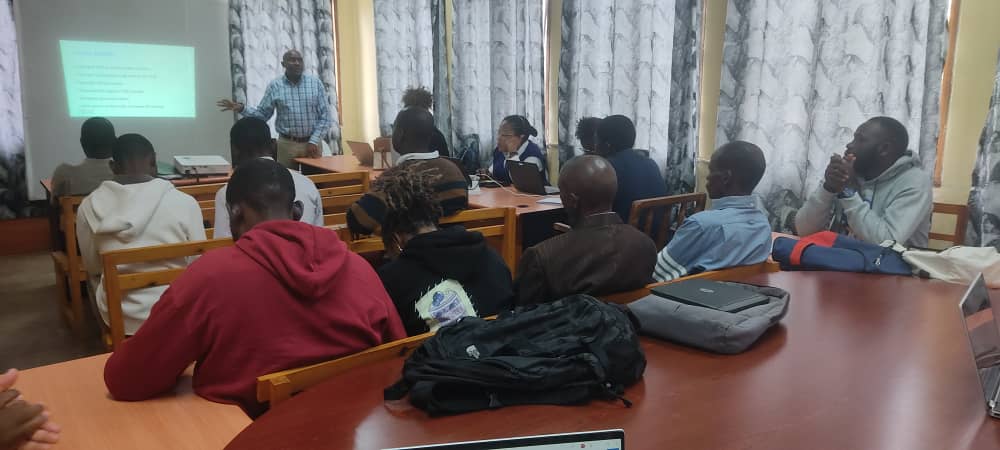
2. Case Management.
Case management guidelines have been developed and distributed, and isolation facilities have been identified.

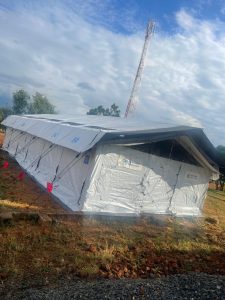

3. Labolatory.
Samples from suspected cases are being tested using PCR, and genomic sequencing of the Mpox virus is underway.
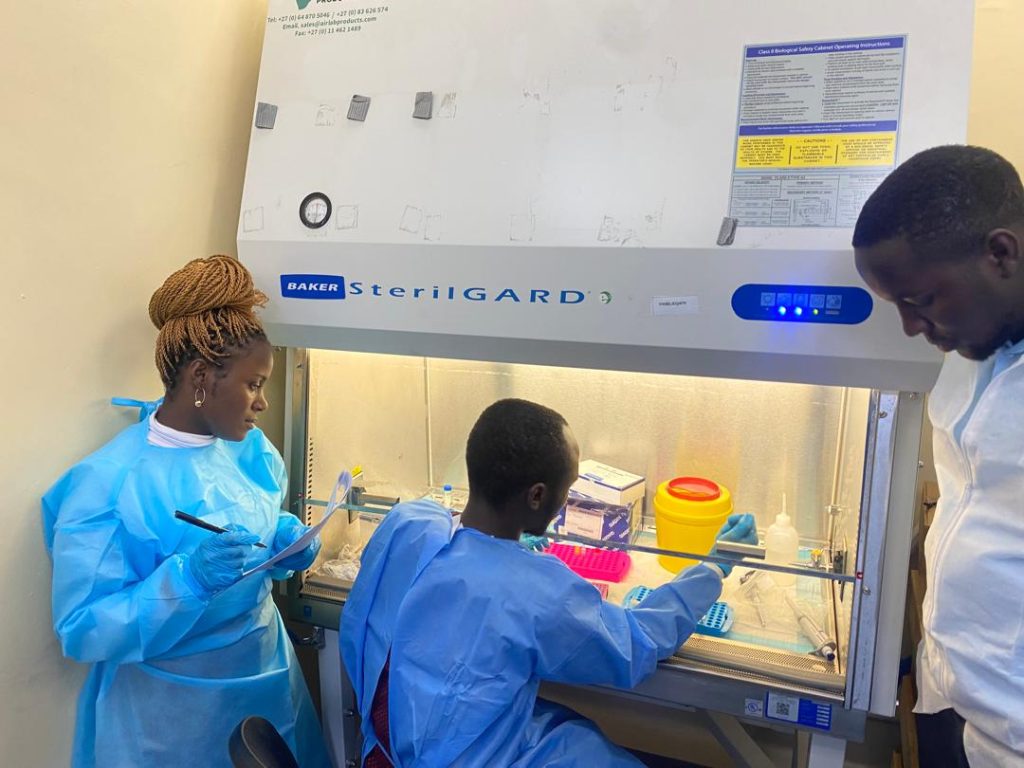
Essential medicines and PPEs have been distributed to districts and Messages about Mpox prevention are being disseminated in local languages through various channels, including posters, social media, leaflets, and audio recordings. PHIM is working to address these challenges and will continue to provide updates on the situation.

